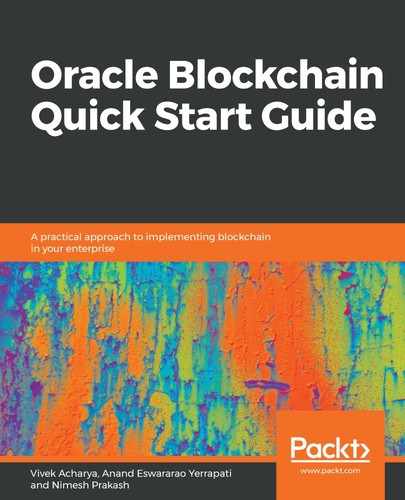Let's look at another analogy. Let's journey to a technology-less time. There was a beautiful village with a few families where, instead of currency, they exchanged goods.
A vegetable farmer would trade vegetables for rice, and a rice farmer would trade rice for peanuts, and so on. It worked fine until they started making promises to each other. Promises (transactions) were the credits, where a farmer would buy vegetables without giving away the rice; instead, the rice farmer would promise the vegetable farmer they would return rice when it was harvested. Similarly, the fruit farmer would get rice, with the promise of delivering oranges at the time of harvest.
The vegetable farmer trusted the rice farmer; however, over time, there were several promises transacted between various farmers and it was difficult to track those promises, which resulted in a breach of trust. Finally, the villagers appointed a person to keep track of these promises. This person was given the title LedgerMan (centralized third party). Soon, the LedgerMan established trust; however, he was overwhelmed with promises and started demanding a fee (transaction cost). The villagers agreed to pay him a portion of the promise as a fee. This eventually turned the LedgerMan into a rich person. Later, the LedgerMan indulged in corruption, started accepting bribes to tamper with the ledger, bribed villagers to keep his position safe, and sometimes enhanced the fee.
Soon, the villagers realized the challenges of having a LedgerMan (a centralized system). Hence, they decided that, instead of a single LedgerMan keeping the promises, promises would now be kept by everyone (decentralized). There would not be a single person holding the promises; the villagers would meet at a designated place to make promises, and every promise would be recorded by each villager (P2P network).
Once a week, they would validate the promises by reading out their version of the promise. If the majority of the villagers reached an agreement (consensus) over a promise, that promise would be considered valid and would be considered as truth (ledger). In the event of an issue, the promise, which had most of the entries, would be considered a correct promise and would help to resolve any promise-based issues (longest chain). Over the course of time, they added security and various other bells and whistles.
We will revisit this story and extend it as well. For now, we understand that blockchain is a solution (protocol) that allows a leaderless (decentralized) group of peers (P2P) to reach an agreement (consensus) on a transaction, and the moment they occur (synchronized), they are recorded (post) on an omnipresent tamper-proof (immutable) distributed linked-list (ledger), where each peer holds a copy (distributed) of it. We just learned that blockchain is a P2P network; now, let's find out exactly what a P2P network is.
